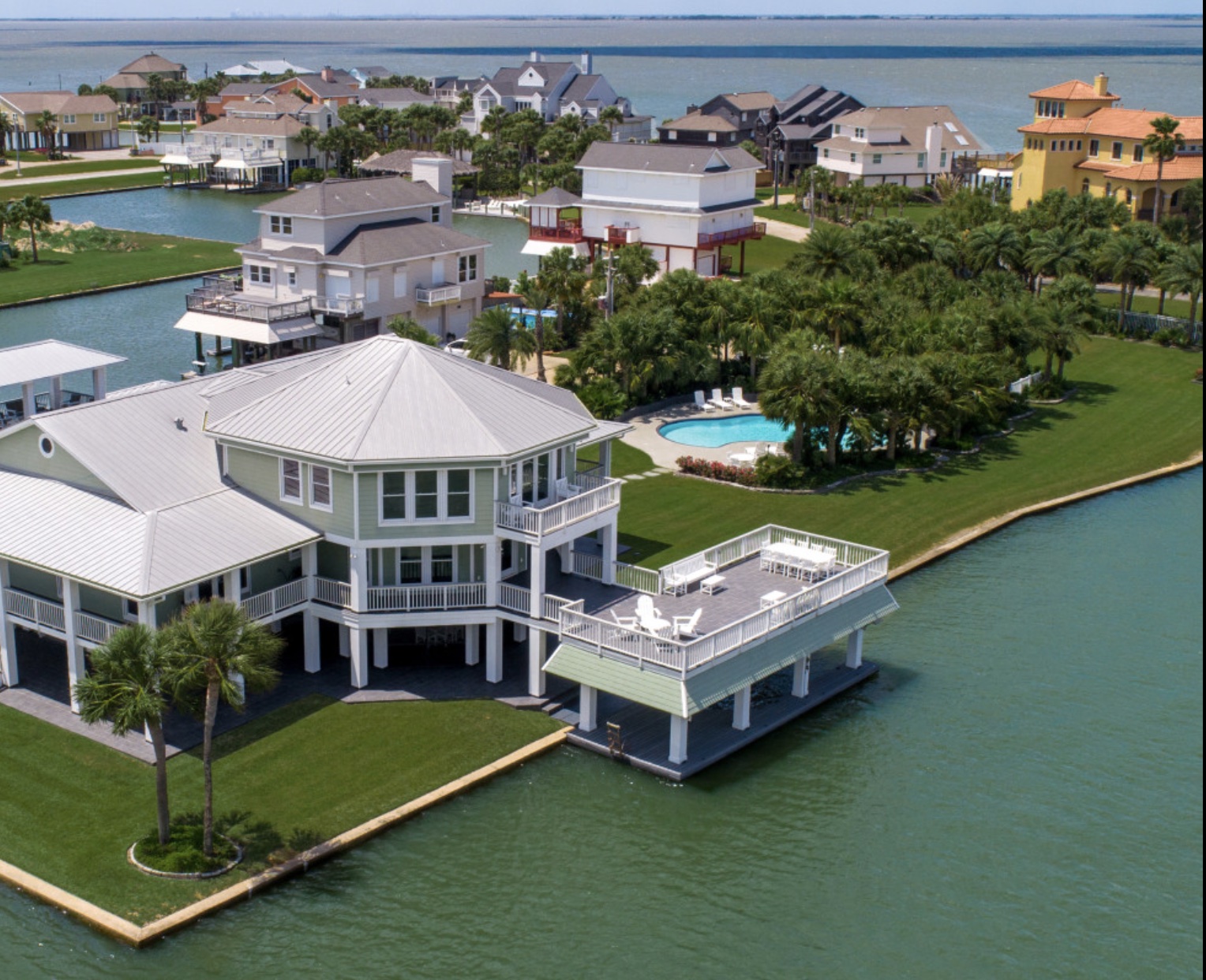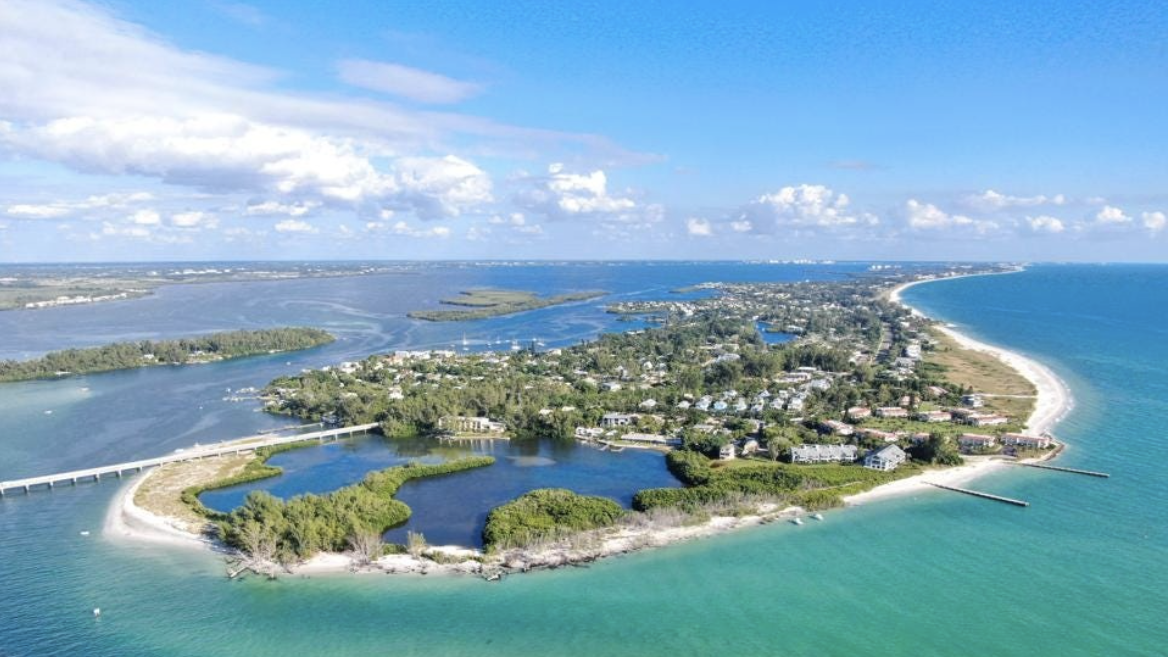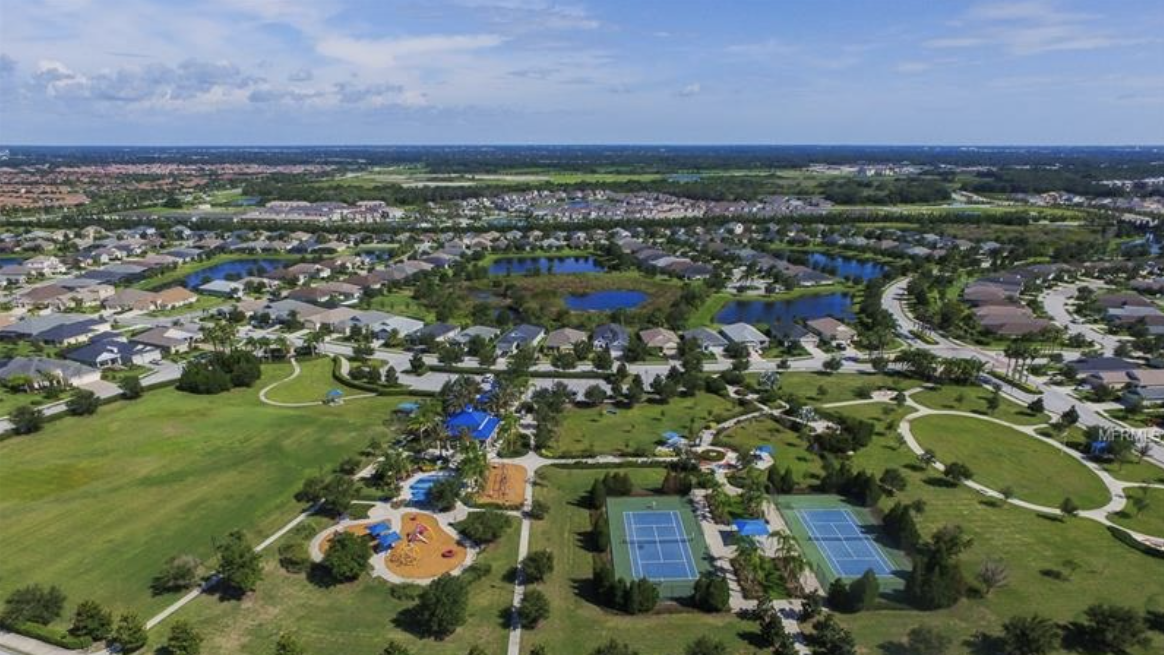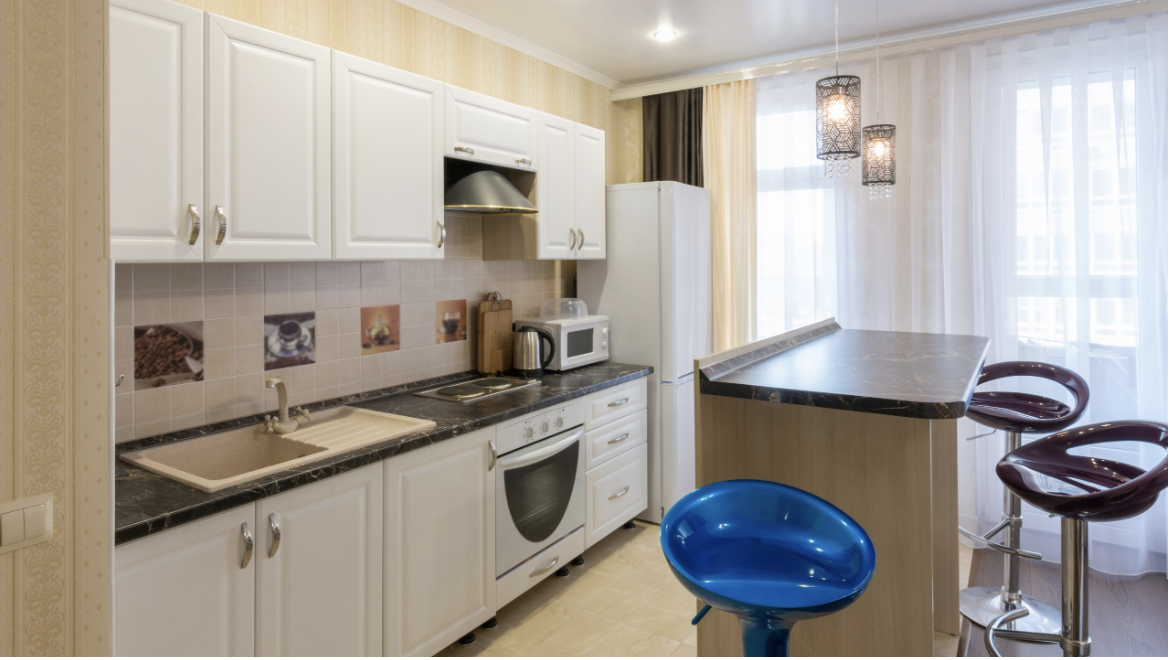NAR Study: International Buyers Are Back …. 
In NAR’s annual report, 1 in 4 (24%) international buyers chose Fla. Nationwide, they spent $5.9B, up 8.5%, even as single-family home sales dropped 7.9%.
WASHINGTON – Foreign buyers purchased $59 billion worth of U.S. existing homes over a one-year period (April 2021 through March 2022) – an 8.5% increase from the previous 12-month period and the end of a pandemic-led, three-year skid.
The 98,600 existing homes sold – the lowest since NAR tracking began in 2009 – were down 7.9% year-to-year.
Overall, however, Florida led the nation in welcoming foreign investment as one in four international buyers (24%) selected property in the Sunshine State.
Top international buyer destinations
- Florida (24%)
- California (11%)
- Texas (8%)
- Arizona (7%)
- New York (4%)
- North Carolina (4%)
Florida ranking among residents of foreign countries
- Canada: Florida was the No. 1 choice for 45% of Canadians
- China: Florida No. 4 for 7%
- Brazil: Florida No. 1 for 55%
- Mexico: Florida No. 2 for 12%
- Colombia: Florida No. 1 for 60%
Region of origin for Florida’s top foreign buyers
- Latin America/Caribbean: 39%
- North America: 25%
- Europe: 12%
- Asia/Oceania: 4%
- Africa: 0%
- Region not identified 20%
“For the second year in a row, restrictions and general caution tied to international travel during the pandemic slowed home buying by wealthier foreign buyers,” says NAR Chief Economist Lawrence Yun. “Even so, domestic home buying demand was exceptional and, therefore, boosted home sales nationally.”
NAR’s 2022 Profile of International Transactions in U.S. Residential Real Estate surveyed members about transactions with international clients who purchased and sold U.S. residential property from April 2021 through March 2022.
Foreign buyers who resided in the U.S. as recent immigrants or holding visas that allowed them to live in the U.S. purchased $34.1 billion worth of U.S. existing homes, a 5.2% increase from the prior year and 58% of the total dollar volume of purchases.
Foreign buyers who lived abroad purchased $24.9 billion worth of existing homes, up 13.2% from the 12 months prior and for 42% of the dollar volume. International buyers accounted for 2.6% of the $2.3 trillion in existing-home sales during the time period.
Typical foreign buyer home
The average ($598,200) and median ($366,100) existing-home sales prices among international buyers were the highest ever recorded by NAR – and 17.7% and 4.1% higher, respectively, than the previous year. The increase in foreign buyer prices partly reflects the increase in U.S. home prices, as the monthly average existing-home sales price rose to $374,300, up 10% from the prior period.
At just over $1 million, Chinese buyers had the highest average purchase price, and nearly a third – 31% – purchased property in California.
“Affordability challenges along with the inability to find the right property were the top reasons given for prospective international buyers who showed interest but ultimately did not purchase a home in the United States,” says Yun.
China and Canada remained first and second in U.S. residential sales dollar volume at $6.1 billion and $5.5 billion, respectively, continuing a trend going back to 2013. India ($3.6 billion), Mexico ($2.9 billion), and Brazil ($1.6 billion) rounded out the top five.
For the 14th straight year, Florida remained the top destination for foreign buyers.
All-cash sales accounted for 44% of international buyer transactions, nearly twice the rate (24%) of all existing-home buyers. Non-resident foreign buyers (60%) were twice as likely to make an all-cash purchase compared to resident foreign buyers (30%). Nearly 7 out of 10 Canadian buyers (69%) made all-cash purchases, the highest share among foreign buyers. Asian Indian buyers were the least likely to pay all-cash, at just 9%. Almost 6 out of 10 Chinese buyers (58%) and a quarter of Mexican (27%) and Brazilian buyers (26%) made all-cash purchases.
“Due to rising interest rates, overall home sales will decline in the U.S. this year. Foreign buyers, however, are likely to step up purchases, as those making all-cash offers will be immune from changes in interest rates,” Yun says. “In addition, international flights have increased in recent months with the lifting of pandemic-related travel restrictions.”
Type of homes purchased
- 44% of foreign buyers purchased their property for use as a vacation home, rental property or both.
- 64% purchased detached single-family homes and townhouses.
- 46% bought a home in the suburbs while 29% bought a home in an urban area, numbers which have held steady over the last five years.
- 5% bought property in a resort area, down from 17% in 2012
NAR “collaborates with groups across the country to help our members unlock and better understand the opportunities in U.S. real estate for foreign buyers, maximizing the global business potential in our local markets,” says Katie Johnson, NAR’s general counsel and chief member experience officer. The network has grown to include more than 100 real estate associations across 76 countries.”
© 2022 Florida Realtors®

 Facebook
Facebook
 X
X
 Pinterest
Pinterest
 Copy Link
Copy Link














